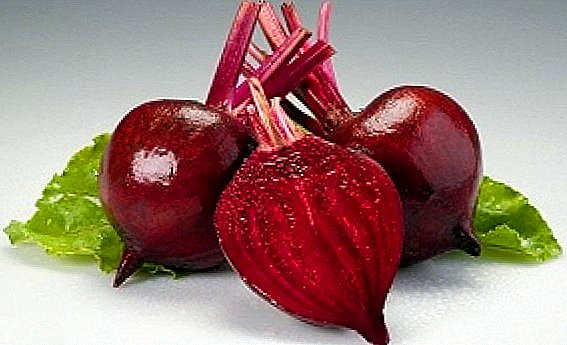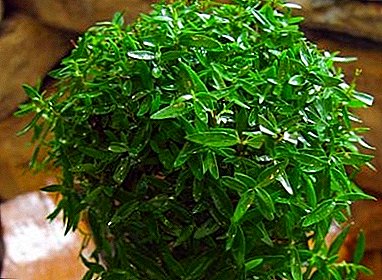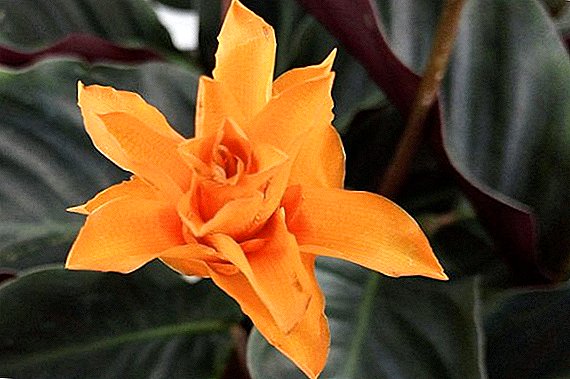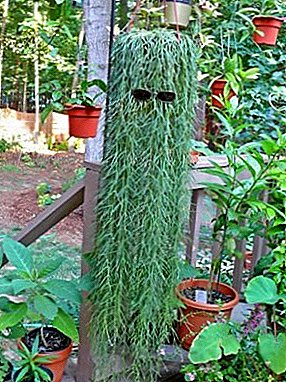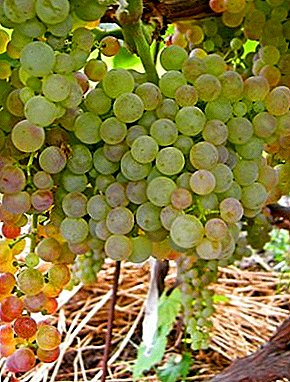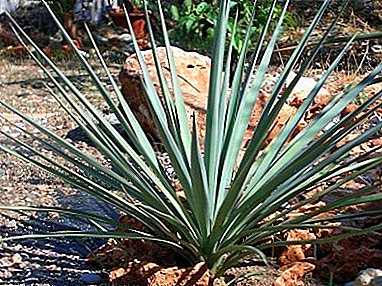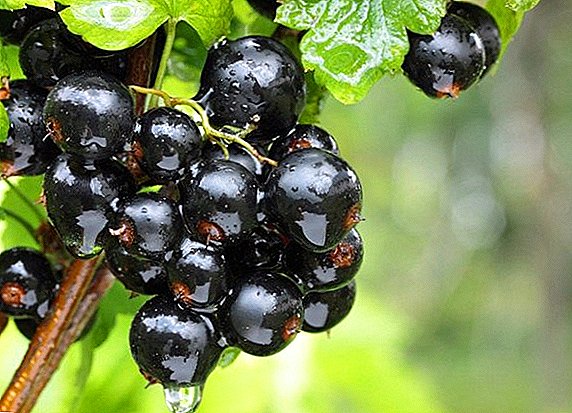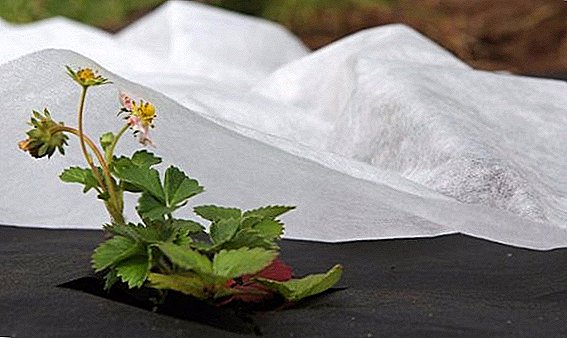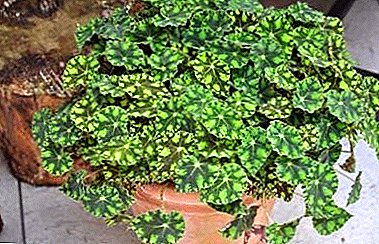
Begonia bower - one of the brightest representatives of a huge family of begoniums and bred by artificial crossing, that is, is a hybrid. Popular among lovers of home mini-gardens, grown as ampelnoe and as a suspended plant.
External data
Upright branched stem, an average height of 30 cm. The shape of the leaf is heart-shaped, 6-8 cm long, with teeth visible along the edges. For the motley coloring of the leaves, the plant has a second name - "Tiger Begonia". The leaves look really very impressive - green, with spots of lime and brown. Unlike nondescript white flowers, which are sometimes even removed. Tiger is valued only for its leaves.
Home care

Lighting
In the light mode, it is better to observe the middle ground and place the plant on the windows facing south-west or south-east. In this case, the light must be diffused. Begonia loves light, but direct sunlight causes burns on the leaves.
Temperature conditions
Plant thermophilic, indoors should not be colder than 18 ° C. The tiger begonia blooms is not very elegant, but those who want to see its flowering should ensure that the air temperature is sufficient.
Watering and feeding
For watering is used only soft water at room temperature. Do not allow water to fall on the leaves when watering or spray the plant - this will lead to unnatural spots.
In the warm season water as the soil dries in the pot. Excess moisture leads to decay. At the same time, you need to feed complex fertilizers. Winter plant resting and not in need of feeding. Watering should be reduced to a minimum.
Humidity
Begonia can not be sprayed, but she likes high humidity. For moistening under the pot you need to put a tray filled with raw moss. A container with water or moist expanded clay placed next to the plant will also provide the begonia with sufficient moisture.
Reproduction, soil and planting

The tiger begonia propagates from cuttings and particles of rhizome. You can take the tip of the shoot as a cutting, but a single leaf with a leaf cutting of at least 5 cm is also suitable. Components of the soil for planting:
- peat;
- perlite;
- coarse sand;
- humus.
All you need to take in equal parts, mix and place in a small pot. The stem of the leaflet is buried halfway into the soil. You can take a pot and more, then it will be possible to plant several cuttings at once.
For the first time, the seedlings need to create greenhouse conditions, for which you need to put a bag with ventilation holes on the pot. The room temperature should be between 17 ° C. If several cuttings were planted, then 2 months later they need to be seated in separate pots.
Only a well-established plant is suitable for breeding with roots. It is necessary to separate part of the root and transplant it into a separate pot. To put on top of the package, as in the version with cuttings. Begonias hatch well with either of the two options.
Transplant and pruning
Replant Tiger Begonia you need at least 1 time in 2 years, otherwise the plant loses its decorative qualities. Each time a larger pot is selected. The best material for a flowerpot flower growers consider clay.
In order to root successfully, leaves are transplanted during transplantation. Immediately after transplantation, the plant is placed in the shade for several days. The young plant is transplanted every spring (up to 4 years).
Pot can not be filled with soil to the top, as the roots of the plant constantly crawl up and need constant powder. There must be room for this powder.
A photo
Next you will see a photo for the care of tiger begonia or bower:




Pest and disease begonias
Aphids start on the stems and peduncles and feeds on the sap of the plant, causing him harm. In addition, it can become a carrier of viruses. You can remove insects manually, but after that you must treat with a soap solution. Laundry soap can be replaced by a shag (2 days insist 100 g of shag in a liter of water). If the aphids settled long ago, then it is better to use insecticidal preparations.
The presence of fluffy lumps on the leaves indicates the presence of felt. To combat parasites an insecticide solution with water is used. After wetting a rag or cotton wool, wipe the plant thoroughly. If the felt workers reappear, treat with undiluted product.
Causative agent of gray mold - fungus of the genus botrytis. Spores of the fungus move freely in the air, especially at high humidity. On the leaves and shoots form gray spots, subsequently turning into gray rot.
Used to fight Bordeaux mixture with a concentration of 1%, which you want to spray the plant. Let's apply another solution: dilute 2 g of copper sulphate in a liter of water. The latter can be replaced with soap (20 g).
Lack of care also reflected on the appearance of the plant. Begonia must be watered with care, but if watering is insufficient, the leaves and buds will fall off. On the lack of light will also tell the leaves, which will fade and turn pale.
Begonia bower relatively unpretentious and not capricious in the care. Feels great when transplanting. A little attention, and your house will be decorated with one of the most beautiful representatives of the family of begonias.


